When should you repair a window – and when is it time to replace it?
Should you repair or replace your windows? We help you make the right choice

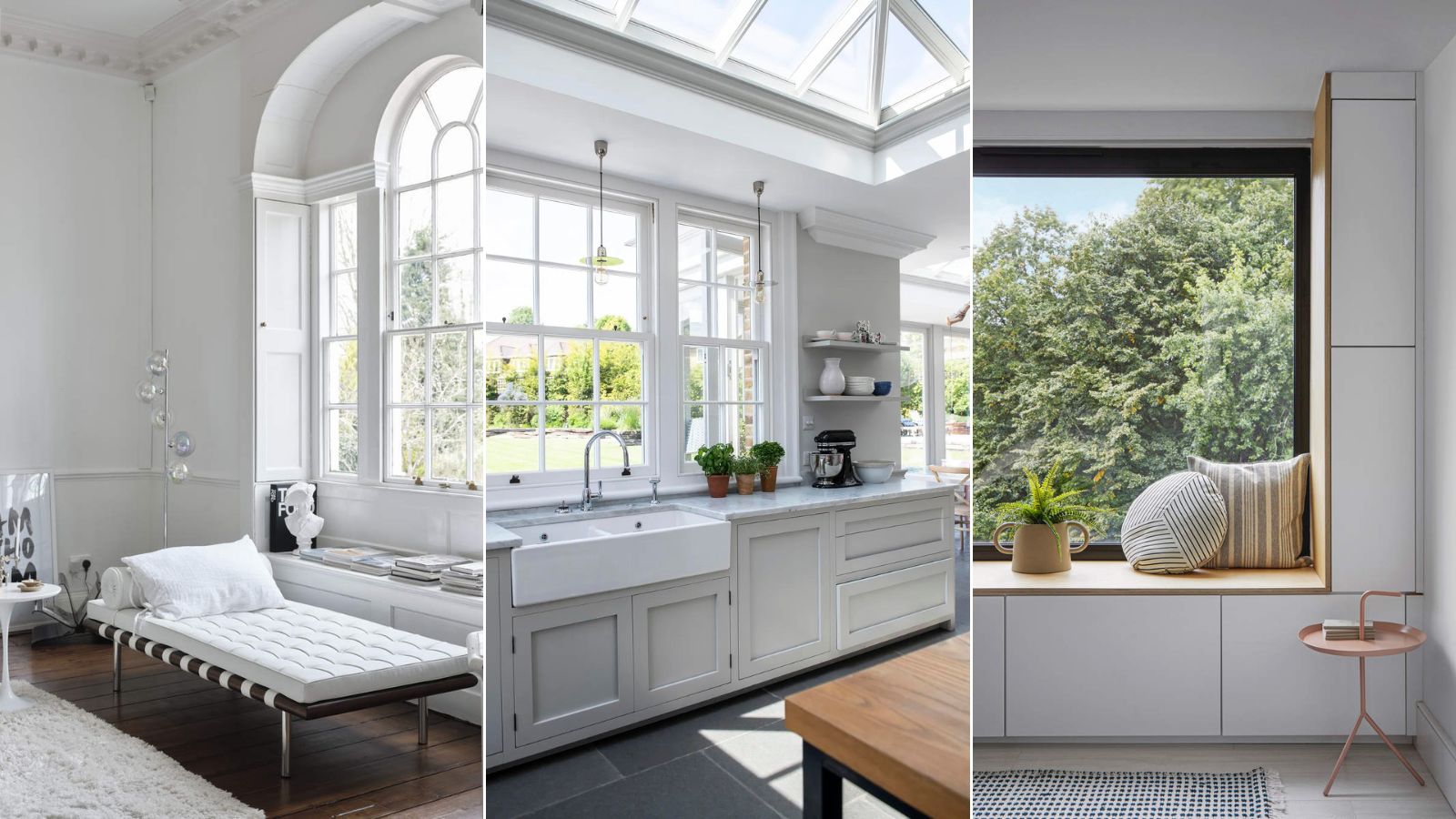
Replace or repair windows? Properly maintaining your windows will ensure their energy efficiency, keep them secure and make sure they stay looking good.
So, first you need to identify the signs that your windows need attention. And once you’ve recognized what’s wrong you need to make a decision on what steps to take next.
Is it an issue you can sort yourself or is it time to call in a professional? How much can you expect to pay for repairs or replacement? Here we answer these questions and more so you can make the right decision.
Repair or replace windows
Old, drafty windows are often an inefficient eyesore, but should you replace or repair? Here we look at the reasons why your windows might need looking at, how to repair, the benefits of replacing and how much you can expect to pay for repair and replacement
5 Signs Your Window Needs Attention
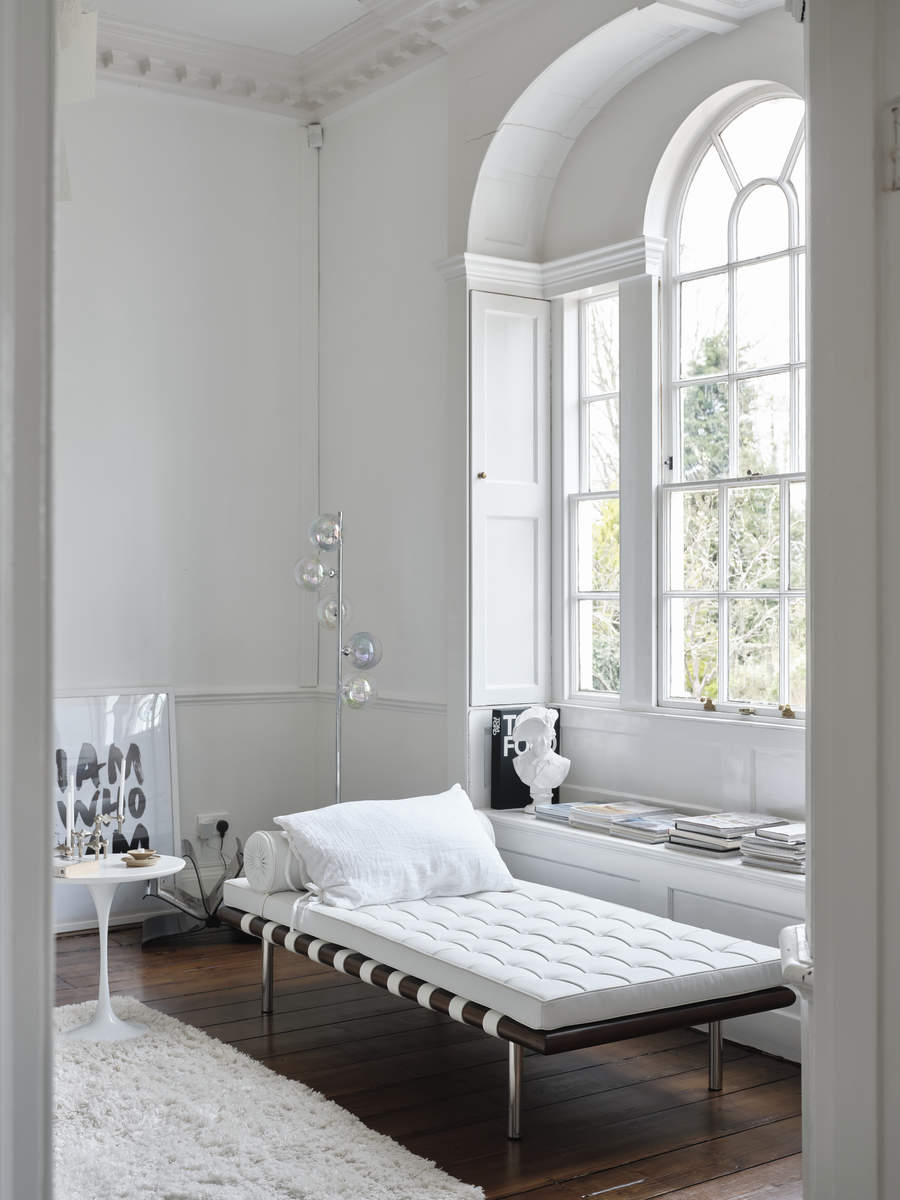
Look out for the tell tale signs that let you now is the time to get them fixed or replaced
1. Condensation between panes
‘One of the sure signs your windows need attention is if you see condensation’ reveals Misrraim Cardenas, CEO at Portella. ‘If condensation on your windows persists for long periods and appears between double-glazed panes, this often indicates a failed seal, which compromises the insulating properties of the windows. In this case, you either need to repair the seal or replace the window unit.’
Another sign to look out after cleaning, ‘If you see any signs of foggy glass after cleaning them, that likely means the seal between the two panes of glass has failed.’ suggests Jeremy R Prunty from Bronte Companies Property Solutions.
2. Drafts of air
‘If you move a lit candle (not a jar style candle) around the perimeter of your window on a windy day and you see the flame flicker or move, that is a good way to see if your windows are drafty and need attention’ says Prunty. Another simple test is to place your hand over the areas where the windows close to see if you can feel any cold air.
Design expertise in your inbox – from inspiring decorating ideas and beautiful celebrity homes to practical gardening advice and shopping round-ups.
3. Trouble Opening/Closing windows
Difficulty opening and closing windows, or odd sounds when trying to open are sure signs that not all is good. ‘If they are tough to open or slam shut, odds are they have something inside that is broken causing them to not function as they should.’ shares Michael Strmac, Co-Founder of Universal Windows Direct.
4. Higher energy bills
If you have poor fitting or failing windows (such as drafts of air) this is typically reflected in your energy bills. ‘As per the studies, drafty windows can increase your energy bills by about 10% to 25%’ reveals Jay Sander of Maryland Contractors.
5. Physical damage
Any obvious signs of damage to the windows such as rotting frames or chipped or cracked glass are simple indicators that you need to get new windows or look at the different ways you can repair them.
Repairing Windows
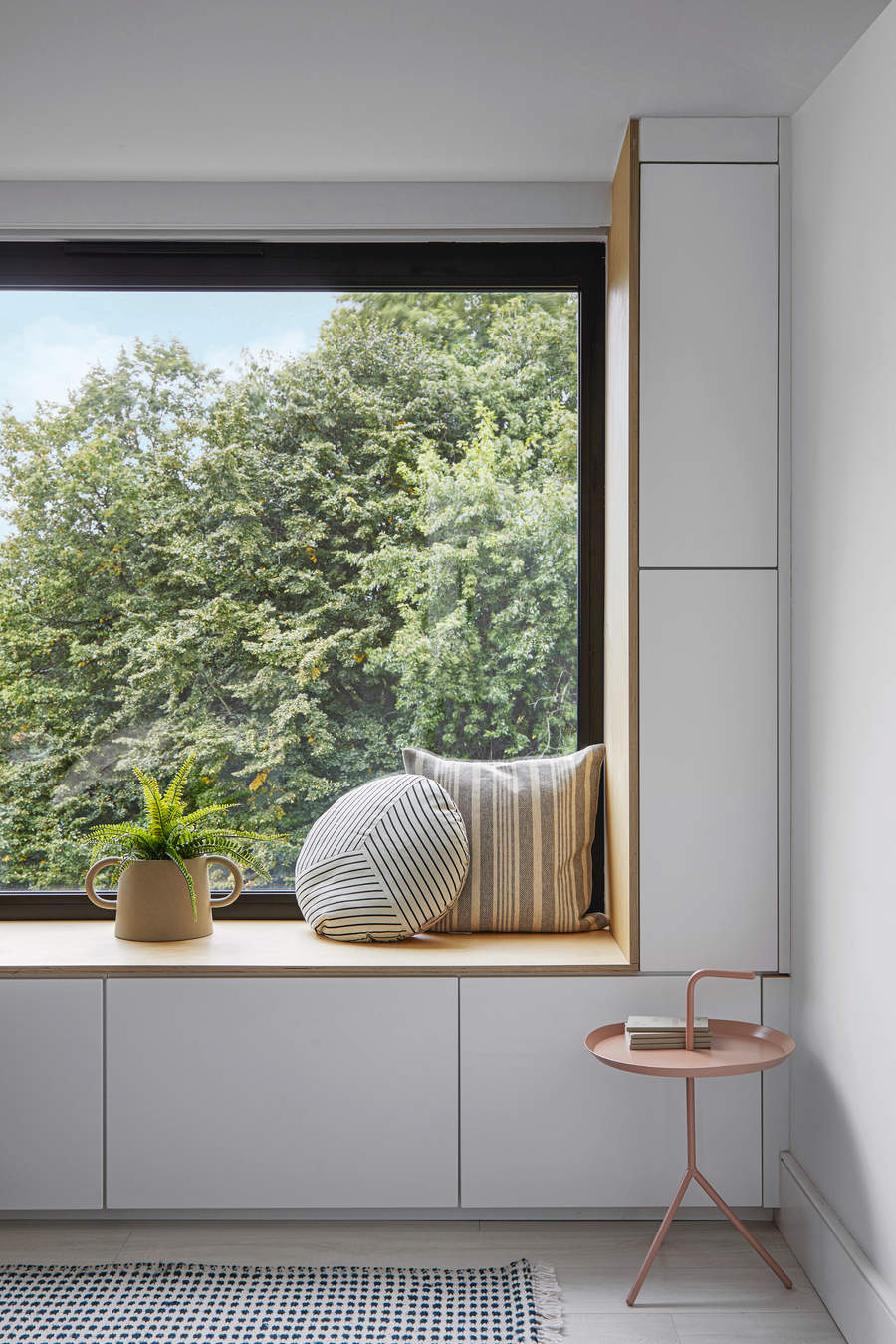
Minor damage, replacing parts and preservation of windows on historical homes are issues that you can typically fix yourself. But, it's worth remembering that bigger issues will need a professional and some will only be a temporary solution.
Sealing drafts
‘Sealing drafts is a relatively simple task every homeowner can handle,’ says Cardenas. ‘For this, you need to use store-bought weatherstripping. I recommend opting for ones that are specifically designed for the type of surface they will be applied.’ Duck Heavy Duty Rubber Weatherstrip Seal from Walmart is a good choice and easy to apply. ‘When using weatherstripping, make sure to cut it to fit precisely and adhere it firmly in place. For better results, clean the surface before application.’
The alternative - and not quite so easy to use - is a caulk gun, recommends Cardenas. ‘Start by removing old caulk and debris from cracks and gaps. When the target area is clean, apply a steady bead of caulk and smooth it out with a caulking tool or a wet finger.’
I recommend investing in a specialist caulk tool like this Amazon Basics 3-IN-1 Caulk Tool. This helps remove old caulk and gives a consistent smooth finish to the new caulk.
Replace a pane
When a window pane starts to fog up and you can see condensation on the inside it means that the seal has been compromised. This means it's time to replace the pane, but Prunty warns ‘Replacing insulated panes on certain windows sometimes costs more than the entire window.’
A component DIYer will be able to tackle the task, but if you’re unsure call in a professional. Break the seal, or crack the pane and you are looking at an expensive DIY mistake.
Change hardware
This is a relatively easy job to do, typically a screwdriver is all you need. But, it's not always easy as Prunty explains, ‘Original equipment replacement parts for older windows can be quite challenging to find and source.'
Replacing Windows
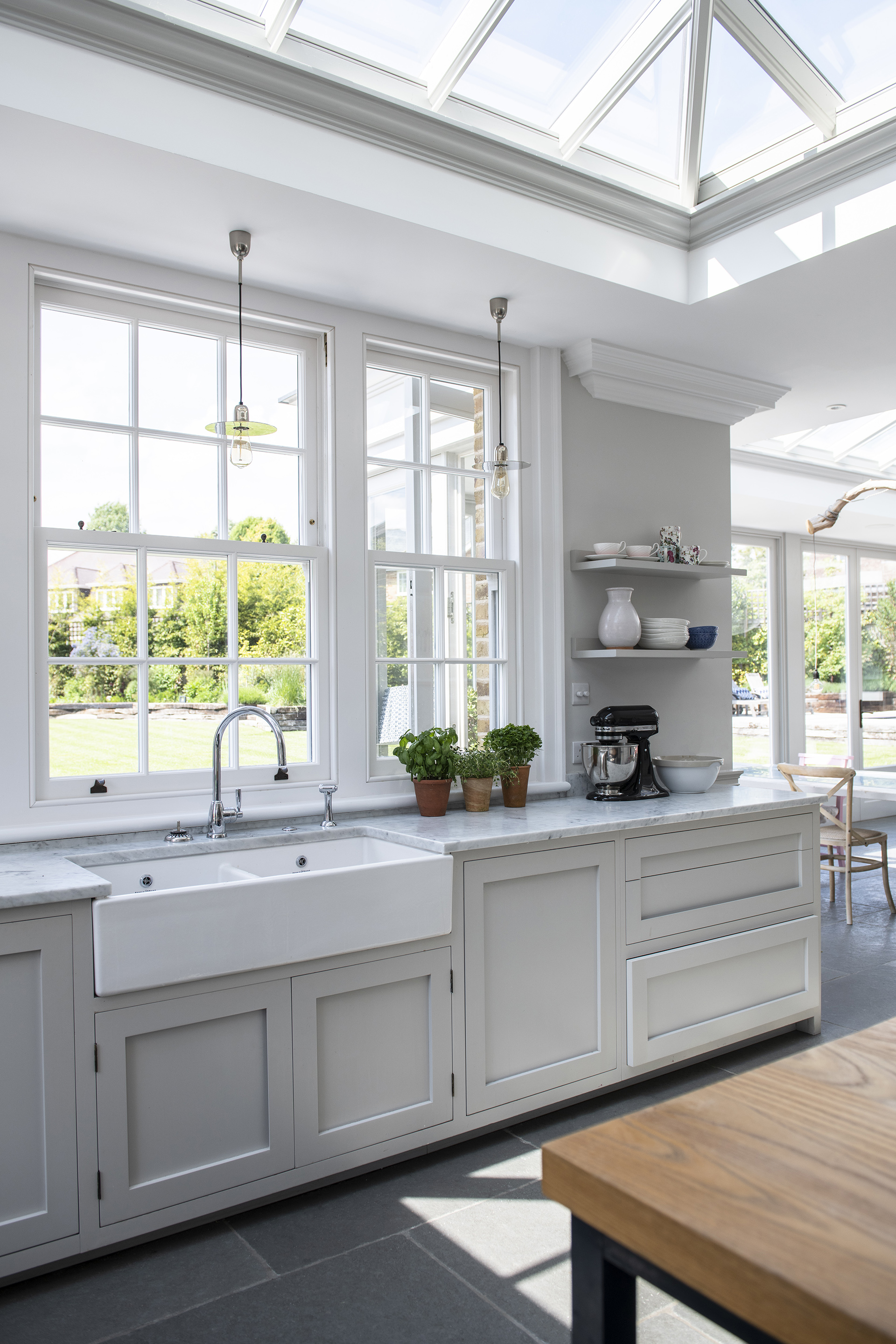
Windows won't last forever and there will come a time when the best option is to replace. Major damage, old age, too many misty panes, drafts everywhere and poor energy efficiency are the more obvious reasons to replace rather than repair.
Benefits of replacing windows
- Improved energy efficiency - New energy efficient windows will help improve your homes insulation, keeping the heat in, your energy bills lower and helps the environment.
- Better security - New improved locks, designs and toughened glass, will add extra security to your home.
- Curb appeal - New windows will improve the look of your home, add value and introduce soundproofing
Types of windows
- Window Types - There are a few choices here with single/double hung, casement and sliding windows being the popular options. A single/double-hung window has two panels one on top of each other. These look good in period homes and offer good ventilation, but aren’t the most energy efficient.
Casement windows open like a door, making them easy to open and offer a clear view, but can only really be cleaned from the outside. Sliding windows have two panels that slide on a rail. They save space and work well until the rail gets dirty or buckled making them less secure. - Window materials - The popular materials for windows are vinyl, wood and aluminum. Vinyl windows are made from PVC, they are affordable, secure, offer good insulation, are moisture resistant and don't need painting. But, the material is not eco-friendly and not designed to be painted, though they can be.
Wood windows are good insulators, offer a natural aesthetic and can be painted. But they are comparatively expensive and need regular maintenance to keep in good condition.
Aluminum windows are low maintenance, durable and affordable. But they are not as energy efficient as other types, are prone to condensation and susceptible to corrosion.
Tip for choosing the right windows
What's the climate like where you live? Choose different options for different areas as Cardenas from Portella suggests, ‘There are different energy-efficient options on the market offering great insulation properties, however, your choice should be based on the climate in your region.'
He continues, 'For areas with consistent hot sunny days, windows with a Low-E glass might be an excellent choice. For cooler areas, I’d recommend double or triple-glazed windows with thermally-broken steel frames or fiberglass frames.'
Cost Considerations
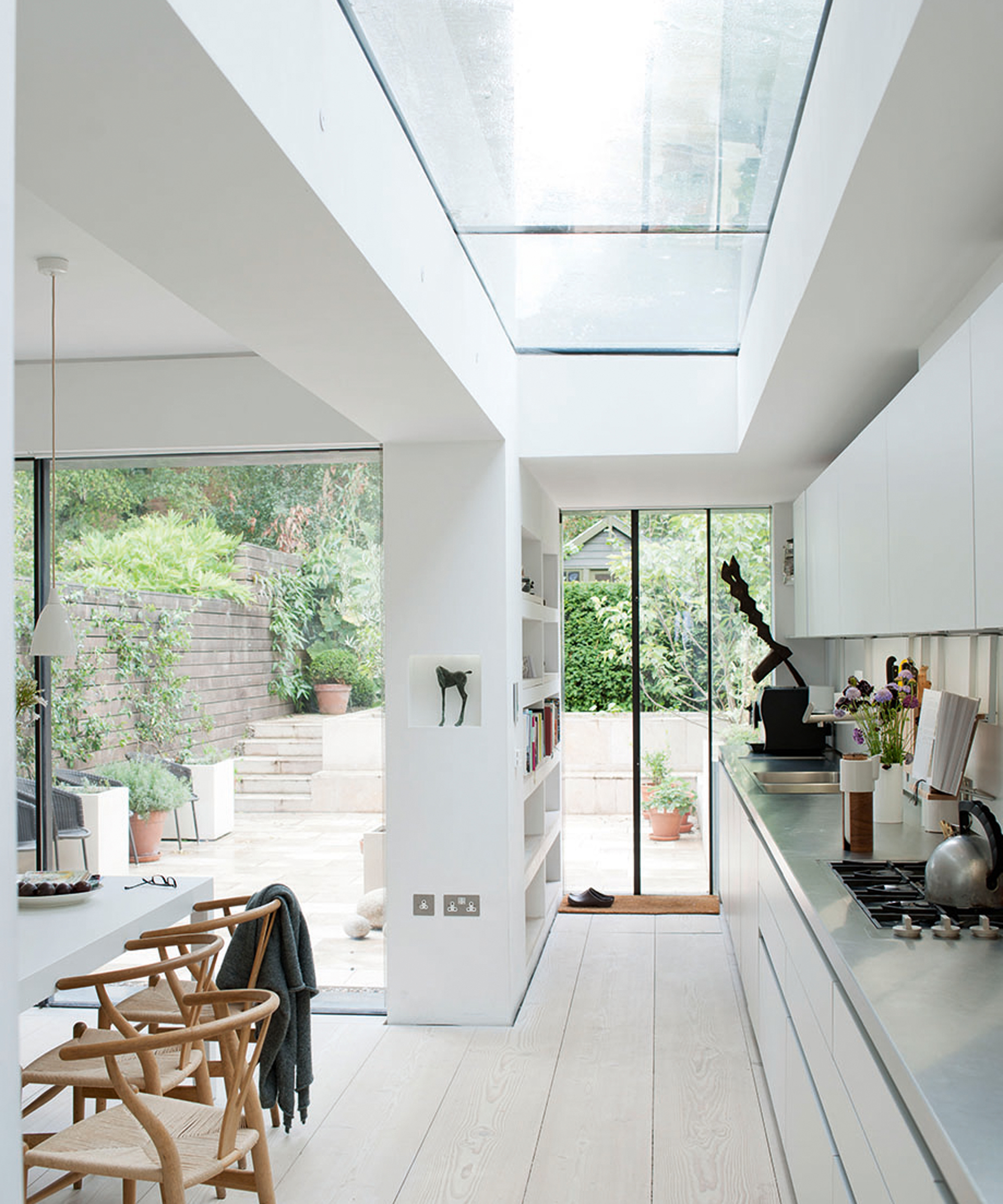
It's the big one. When it's time to choose what you wish to do with your windows, costs can be a big factor in your decision making.
Repair vs. replacement costs
Typically repairs are the more cost effective option. If you only need to add some weather stripping to stop draughts, this costs around $10 for a window or two. The same if you are looking to caulk, a tube of sealant like this GE Siliconized Acrylic Multipurpose Sealant from Walmart costs just $6.
Replacement costs for windows are commonly much higher apart from hardware with handles commonly costing around $10-$20 for a basic pair. But there's a steep rise when it's time to replace panes and windows.
To replace a pane of double glazed glass the average cost is around $200-$300, but less for smaller windows and more for larger and specialist glass. For a replacement window expect to pay anywhere between $400-$1000, again dependent on size, style and material.
The ROI of new windows
Investing in new energy efficient windows will bring long term savings on your energy bills. How much you save will depend on the condition of the original windows that were replaced. But savings of 10-30% a month are not uncommon.
Alongside savings on bills installing new windows will add curb appeal and improve the value of your home by up to 10%. Plus if you are looking to sell, it will be an added attraction for potential buyers.
Green Incentives to help with costs
Introducing new energy efficient windows is positively encouraged by state and government, as Prunty reveals, ‘There are tax credits and incentives in every state, yet they vary from state to state. Depending on the state where the windows are installed, you can apply to deduct some costs on taxes. Also available is the ability to apply to get a credit with the local electric utility company.’
Interested? He continues, ‘A great online resource to look all of this up is DSIRE (a Database of State Incentives for Renewables & Efficiency)’. Cardenas recommends checking out the Windows & Skylights Tax Credit, which can save you up to 30%.
Replace or repair? What you need to do next
After careful consideration of all the related issues, you need to make a decision on what is the best option for you. Do you need a full-scale replacement? Can you afford a full scale replacement? If so, find a local contractor and get the ball rolling.
But, if you can’t afford to replace all, consider replacing the worst of the windows. If on a small budget, look at cost-friendly repairs, such as painting, caulking or weatherstripping.
Whatever option you choose the sooner you take action, the sooner you will have a more energy efficient, warmer and cost effective home to enjoy.


Steve has been a homes writer and editor for two decades, regularly contributing to brands like Homebuilding & Renovating Magazine. He is an avid DIYer with over 20 years of experience transforming and renovating homes. He specializes in painting and decorating but has strong all-around building skills, having worked in the industry for ten years.